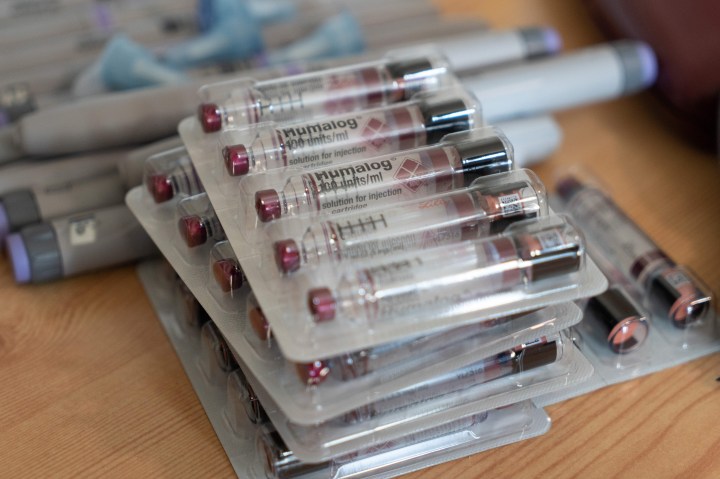
A Twitter meltdown sheds light on the murky economics of insulin

Last week, the pharmaceutical giant Eli Lilly tweeted out what what would be thrilling news to the many consumers who spend millions each year on a life-saving drug: “We are excited to announce insulin is free now.”
Except the tweet came from an account impersonating Eli Lilly, brandishing a blue verified check mark courtesy of the short-lived Twitter Blue subscription option hastily rolled out by the company’s new CEO, Elon Musk. (For years, Twitter had granted the check mark to public figures — think government officials, celebrities, journalists — as a way to guarantee their authenticity. Free of charge. Twitter Blue, however, allowed people to purchase a blue check mark plan for $7.99 a month, before the program was abruptly suspended last Friday.)
Let’s look at it by the numbers: Musk agreed to acquire Twitter for $44 billion earlier this year at a share price was $54.20 (those last three numbers aren’t a coincidence). He then got cold feet, spending months trying to exit the deal over claims that Twitter did not provide him enough information about spam and fake accounts on the site. Calling it off would have cost him a $1 billion reverse breakup fee.
After the fake Eli Lilly account posted its insulin tweet, the real-life company’s stock price dropped from $368 a share to $346, with its market cap losing an estimated $15 billion, according to Gizmodo. As of Monday evening, the company’s share price had not yet returned to its pre-tweet levels.
“News items —whether it’s released through traditional means or through social media — will indeed have an impact on the trading of that specific stock,” said Jeffrey Roach, chief economist for LPL Financial.
Eli Lilly spends more than $100 million a year on TV and digital ads, according to the data firm Media Radar. After the tweet was sent, company executives put a stop to Twitter ad campaigns, which could end up costing Twitter millions, the Washington Post reported.
The debacle has opened up a broader conversation about the skyrocketing cost of insulin. Following Eli Lilly’s apology for the imposter account’s “misleading message,” Sen. Bernie Sanders of Vermont said that Eli Lilly should instead apologize for dramatically hiking the drug’s price.
To wit: Patients for Affordable Drugs said that the price of the insulin injection Humalog has increased more than 1,200% since 1996, rising from $20 to a whopping $275.
In January, Marketplace’s Dylan Miettinen looked into the history of insulin and why it’s become so expensive, noting that the inventors of insulin themselves had wanted insulin to be accessible; co-creator Frederick Banting felt putting his name on the patent for the drug would violate the Hippocratic oath. Although two stakeholders did patent insulin, they sold it for just $1 back in 1923 with an eye to keeping the life-saving medicine affordable to all who might need it.
Eli Lilly was one of the first pharmaceutical companies to mass produce insulin. Now the company and two others (Novo Nordisk and Sanofi) control nearly 90% of the global insulin market.
The Health Care Cost Institute says people with type 1 diabetes spent almost $6,000 a year on insulin in 2016. Because of the high cost and “inadequate insurance coverage,” more than 1 million Americans rationed insulin in the past year, according to the Annals of Internal Medicine.
It’s particularly expensive in the U.S., where the price is often 5 to 10 times higher than in other developed countries and stands at an average of $98.70, according to the Rand Corporation. In Canada, the average manufacturer charges $12 a unit.
There’s a lot happening in the world. Through it all, Marketplace is here for you.
You rely on Marketplace to break down the world’s events and tell you how it affects you in a fact-based, approachable way. We rely on your financial support to keep making that possible.
Your donation today powers the independent journalism that you rely on. For just $5/month, you can help sustain Marketplace so we can keep reporting on the things that matter to you.


















